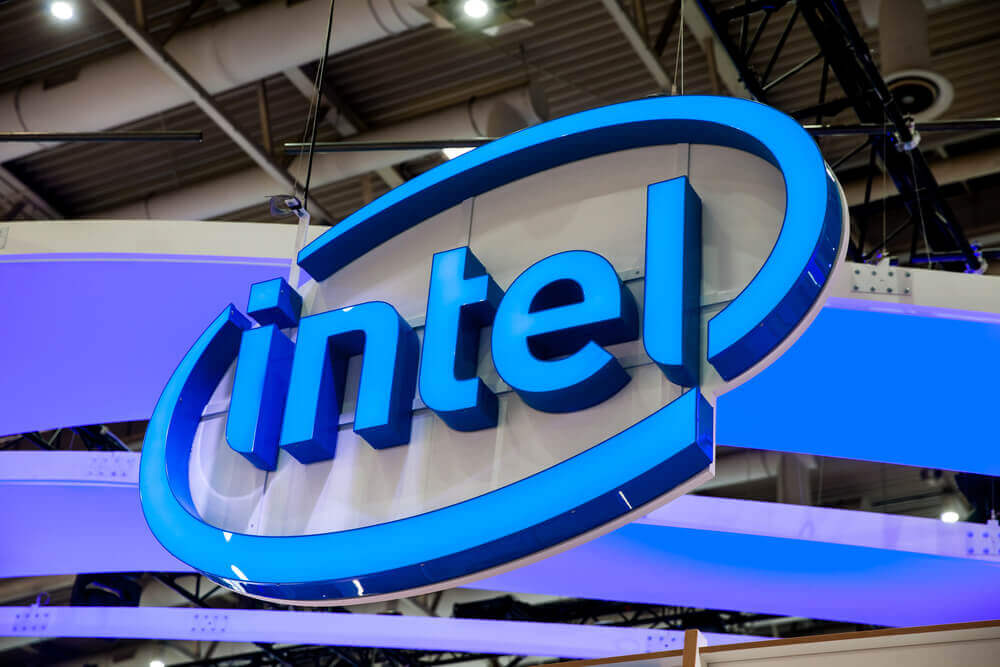
Intel’s Market Challenges and Strategic Shift into AI
Quick Look:
- Intel has shifted focus to internal foundry operations, aiming to save $10 billion by 2025.
- The company launched a new line of AI chips, including the Gaudi 3 GPU, to compete with Nvidia.
- Despite challenges, Intel’s P/E ratio suggests it is a lower-risk investment in the AI sector.
Since its initial public offering in 1971, Intel’s stock has seen an impressive rise of over 135%, turning many investors into millionaires. This legacy of growth highlights the company’s historical significance in the tech sector. However, the last three years have posed significant challenges for Intel, with its stock price declining by about 45%. This downturn is attributed primarily to reduced market share in central processing units (CPUs) and the termination of a longstanding partnership with Apple. These setbacks reflect the intense competition and rapid technological changes in the semiconductor industry, underscoring a pivotal period for Intel.
Intel’s Strategic Pivot and Expansion into AI
In response to these hurdles, Intel has undertaken a strategic transformation that could set the stage for future success. In June last year, the company announced a “fundamental shift” in its business model, transitioning to an internal foundry approach.
This strategic pivot is expected to streamline operations and is projected to save the company $10 billion by 2025. Intel’s new direction emulates the successful strategies of industry giants like Taiwan Semiconductor Manufacturing, positioning it to become a significant foundry service provider in North America and Europe.
Intel is expanding its strategy by venturing into the rapidly growing field of artificial intelligence (AI). It was at approximately $200 billion last year and should soar to nearly $2 trillion by 2030. In December 2023, Intel made a bold move to capture this market by launching a new line of AI chips, including the Gaudi 3 GPU. This product is designed to compete directly with Nvidia, the current market leader. This move into AI diversifies Intel’s portfolio and aligns with industry trends favouring high-performance computing and neural networks.
Investment Appeal in a Competitive Market
Despite recent challenges, Intel’s forward price-to-earnings (P/E) ratio of 26 makes it one of the most attractively valued stocks in the AI chip sector. In comparison, competitors like Nvidia and AMD have P/E ratios of 35 and 45, respectively. Therefore, this valuation positions Intel as a lower-risk investment in the AI industry. It attracts investors looking for exposure to this high-growth area but without the volatility of higher-priced stocks.
Intel’s strategic adjustments and expansion into AI underscore its dedication to innovation and competitive edge. As the company progresses with these changes, it presents a compelling opportunity for long-term investors interested in both value and growth within the evolving tech landscape. Moreover, as the AI market grows, Intel’s recent initiatives could significantly enhance its industry position, promising a promising future for its stakeholders.


